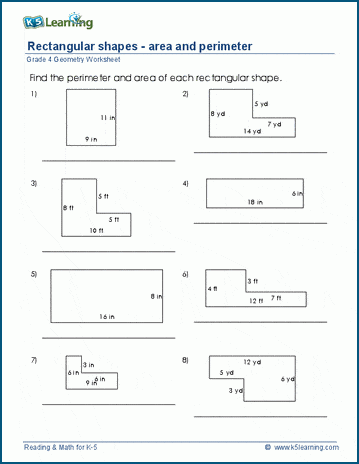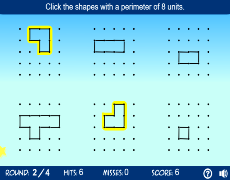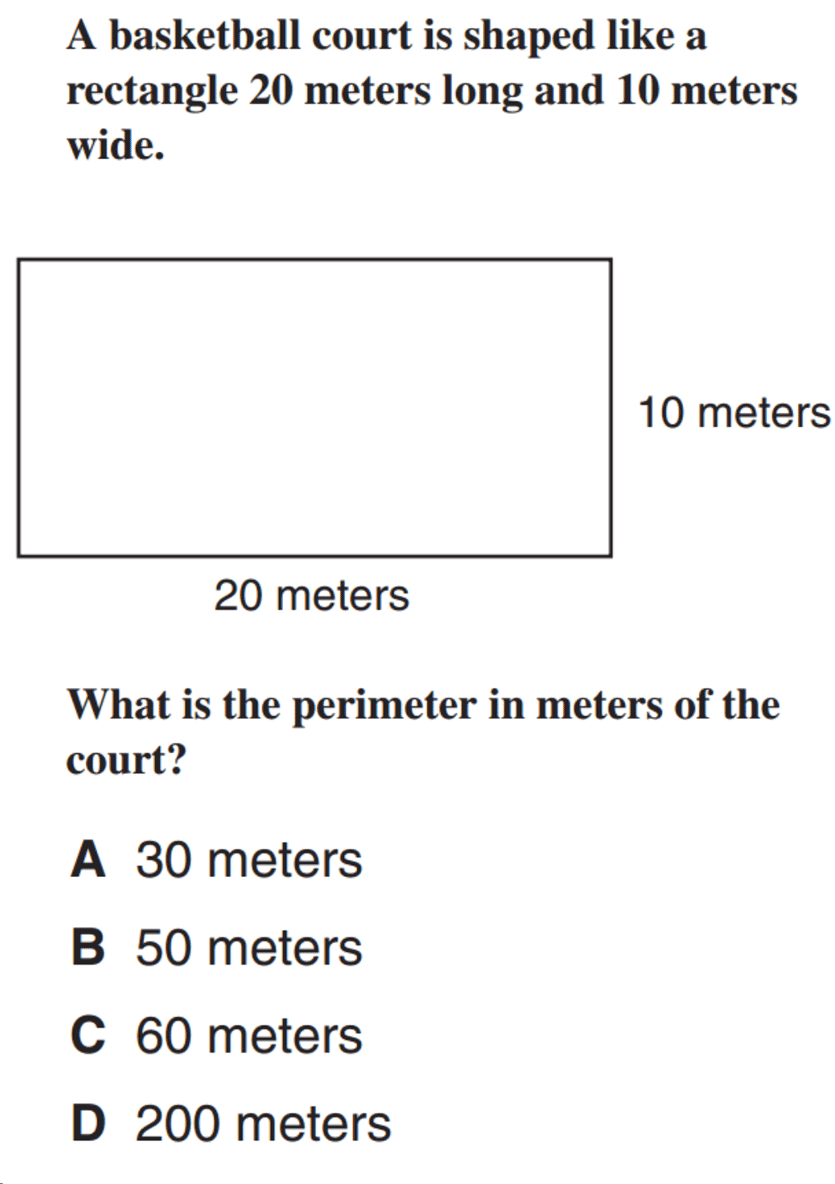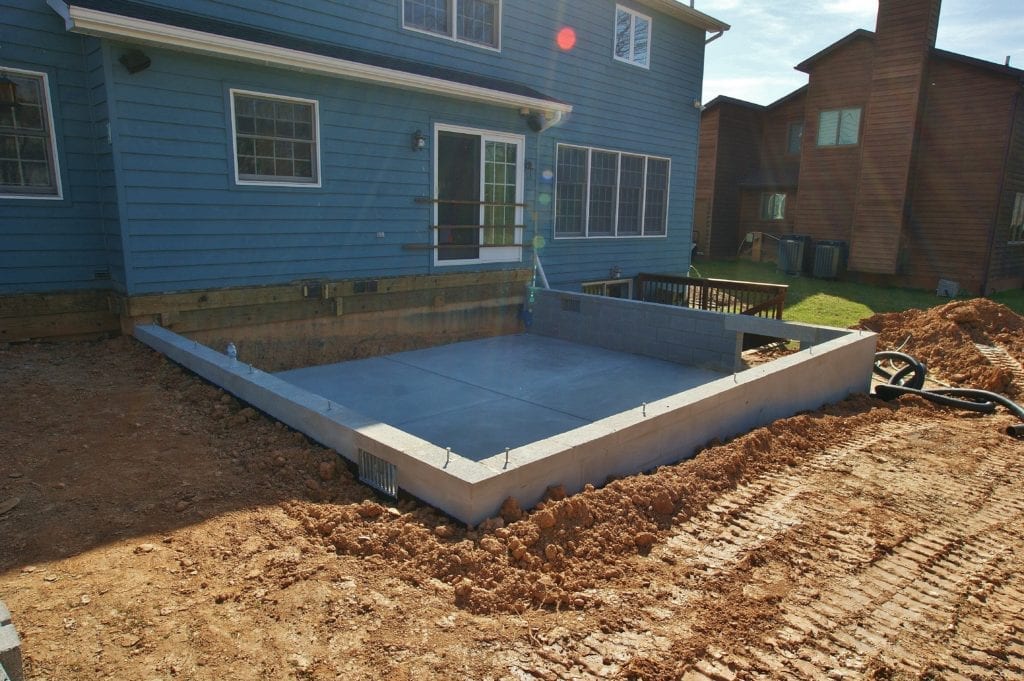Topic what is the formula for perimeter of a square: Discover the simplicity and elegance of geometry as we explore "What is the Formula for Perimeter of a Square?" - a fundamental concept with real-world applications in various fields.
Table of Content
What is the formula for the perimeter of a square?
The formula for the perimeter of a square is:
P = 4s
- P represents the perimeter of the square.
- s represents the length of one side of the square.
To find the perimeter of a square, simply multiply the length of one side by 4.
| Example: | If the length of one side of the square is 5 units, then: |
|---|---|
| P = 4 * 5 | |
| P = 20 |
Therefore, the perimeter of the square with a side length of 5 units is 20 units.
READ MORE:
Basic Definition and Formula
The perimeter of a square is the total length of its four sides. A square, being a regular polygon, has all sides of equal length. The formula for calculating the perimeter of a square is straightforward and is derived from its definition.
- Formula: The perimeter (P) of a square is given by the formula P = 4 × s, where s represents the length of a side of the square.
- Understanding the Formula: Since all four sides of a square are equal, the perimeter is simply four times the length of one side.
- Units: The unit of the perimeter is the same as the unit of the side length, which could be meters, centimeters, inches, etc.
Applying this formula is straightforward. For instance, if one side of a square is 5 cm, the perimeter would be 4 × 5 cm = 20 cm. This formula is fundamental in geometry and is widely used in various mathematical and real-world applications.

Calculating Perimeter with Side Length
To calculate the perimeter of a square when the length of its side is known, follow these simple steps:
- Identify the Length of One Side: Determine the measurement of one side of the square (s). This could be in any unit of measure such as meters, inches, or feet.
- Apply the Perimeter Formula: Use the formula for the perimeter of a square, which is P = 4 × s. Here, P represents the perimeter, and s is the length of the side.
- Perform the Calculation: Multiply the length of the side by 4. For example, if the side length of a square is 6 cm, then its perimeter would be 4 × 6 cm = 24 cm.
This method is straightforward and universally applicable for any square, making it a fundamental concept in geometry. Understanding and applying this formula helps in various practical scenarios where determining the boundary length of a square space is necessary.

Deriving Side Length from Perimeter
To determine the side length of a square from its perimeter, follow these steps:
- Know the Perimeter: Start with the total perimeter (P) of the square. This value is the total length of all four sides of the square.
- Understanding the Formula: Recall that the perimeter of a square is calculated as P = 4 × s, where s is the side length.
- Rearranging the Formula: To find the side length, rearrange the formula to s = P / 4.
- Calculate the Side Length: Divide the given perimeter by 4 to find the length of one side. For example, if the perimeter is 20 cm, then each side is 20 cm / 4 = 5 cm.
This method is particularly useful in various practical scenarios where the total boundary length is known, and the length of each side needs to be determined. It\"s a fundamental concept in geometry and is often applied in fields such as architecture, design, and land surveying.

Finding Perimeter Using Area
Finding the perimeter of a square using its area involves a few more steps than the direct method, but it\"s still straightforward. Here’s how to do it:
- Start with the Area: Have the area of the square available. Let\"s denote this as A.
- Formula for Area: Remember, the area of a square is given by A = s², where s is the length of a side.
- Solving for Side Length: To find the side length from the area, rearrange the area formula to s = √A.
- Calculate the Side Length: Take the square root of the area to find the side length.
- Apply Perimeter Formula: Once you have the side length, use the perimeter formula P = 4 × s to find the perimeter.
For example, if a square has an area of 16 square units, its side length is √16 = 4 units. Thus, the perimeter would be 4 × 4 = 16 units. This method is particularly useful in architectural and interior design, where the area is known, and the perimeter needs to be calculated.

_HOOK_
Real-life Applications
The formula for the perimeter of a square has numerous practical applications in everyday life and various fields. Understanding its use can help in problem-solving and planning in both personal and professional scenarios.
- Architecture and Interior Design: Architects and interior designers use the formula to determine the amount of materials needed for projects, like fencing a property or framing artwork.
- Land Surveying: Surveyors apply this formula to calculate the boundary lengths of square-shaped plots or parcels of land.
- Manufacturing and Construction: In manufacturing, this formula assists in designing and creating square components, while in construction, it helps in estimating materials like tiles or carpets for square spaces.
- Educational Tools: The formula is a fundamental concept in education, helping students understand geometric principles and improve their problem-solving skills.
- Gardening and Landscaping: Gardeners and landscapers use this formula to plan layouts and determine the perimeter for fencing gardens or square-shaped lawns.
These real-life applications highlight the importance of understanding the formula for the perimeter of a square, demonstrating its practicality and versatility in various fields.
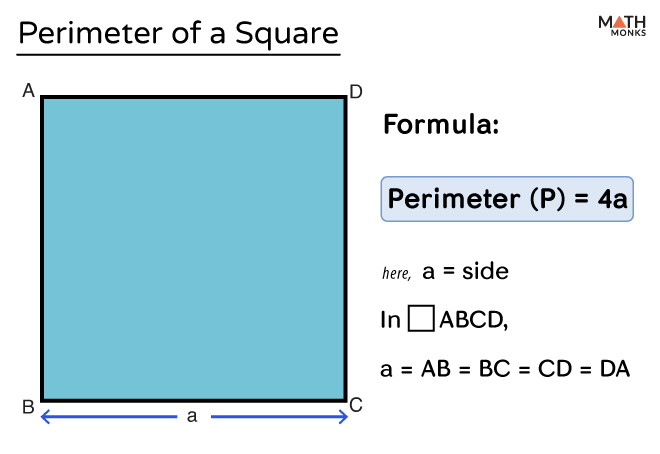
FAQs on Perimeter of a Square
- What is the formula for the perimeter of a square?
- The formula is P = 4 × s, where P is the perimeter and s is the length of one side of the square.
- Can the perimeter of a square be calculated using its area?
- Yes, first find the side length by taking the square root of the area (s = √A), then use the perimeter formula.
- Is the formula for perimeter applicable to all types of squares?
- Yes, as all squares have equal sides, the formula P = 4 × s applies universally to all squares.
- How do you find the side length of a square if the perimeter is known?
- Divide the perimeter by 4 (s = P / 4) to find the length of one side.
- What are the units for measuring the perimeter of a square?
- The perimeter can be measured in any unit of length, such as meters, feet, inches, or centimeters.
- Can the perimeter formula be used in real-world applications?
- Absolutely, it\"s used in fields like architecture, land surveying, and construction to calculate boundary lengths and material requirements.
The formula is P = 4 × s, where P is the perimeter and s is the length of one side of the square.
Yes, first find the side length by taking the square root of the area (s = √A), then use the perimeter formula.
Yes, as all squares have equal sides, the formula P = 4 × s applies universally to all squares.
Divide the perimeter by 4 (s = P / 4) to find the length of one side.
The perimeter can be measured in any unit of length, such as meters, feet, inches, or centimeters.
Absolutely, it\"s used in fields like architecture, land surveying, and construction to calculate boundary lengths and material requirements.

How to Find the Perimeter of a Square
\"Get ready to unravel the secret of success with the formula that can change your life! This video breaks down the step-by-step process to achieve your dreams and reach your full potential. Don\'t miss out on this empowering and inspiring journey!\"
READ MORE:
Perimeter of a Square
\"Discover the captivating world of squares and witness their mesmerizing properties unfold before your eyes in this mind-boggling video. From perfect symmetry to mind-bending puzzles, you\'ll be amazed by the fascinating wonders of squares. Prepare to be amazed!\"
